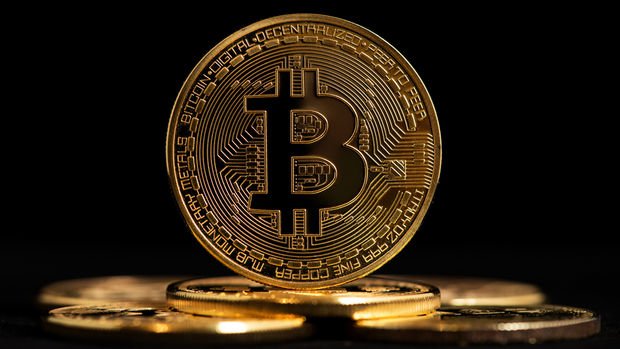A cryptographic money is a computerized stage that is made and overseen using progressed encryption procedures known as cryptography and it is known as crypto. Digital money took the jump from being a scholastic idea to augmented reality with the production of Bitcoin in 2009. While Bitcoin pulled in a developing continuing in ensuing years, it caught huge financial backer and media consideration in April 2013 when it topped at a record $266 per Bitcoin in the wake of flooding 10-overlap in the first two months. Bitcoin donned a market estimation of more than $2 billion at its peak, however a half dive presently started a furious discussion about the fate of digital forms of money when all is said in done and Bitcoin specifically.

Anyway, will these elective monetary forms in the end supersede ordinary monetary standards and become as omnipresent as dollars and euros sometime in the future? Or on the other hand are digital forms of money a passing craze that will fire out in a little while? The appropriate response lies with Bitcoin.
Bitcoin is a decentralized money that utilizations shared innovation, which empowers all capacities like cash issuance, exchange handling and check to be done altogether by the network.6 While this decentralization renders Bitcoin liberated from government control or obstruction, the flipside is that there is no focal power to guarantee that things run easily or to back the estimation of a Bitcoin. Bitcoins are made carefully through a “mining” measure that requires incredible PCs to tackle complex calculations and do the math. They are right now made at the pace of 25 Bitcoins at regular intervals and will be covered at 21 million, a level that is relied upon to be reached in 2140.

These qualities make Bitcoin on a very basic level not the same as a fiat cash, which is supported by the full confidence and credit of its administration. Fiat cash issuance is a profoundly unified movement managed by a country’s national bank. While the bank controls the measure of money gave as per its financial approach goals, there is hypothetically no furthest cutoff to the measure of such cash issuance. Also, nearby cash stores are by and large guaranteed against bank disappointments by an administration body. Bitcoin, then again, has no such help systems. The estimation of a Bitcoin is completely reliant on the thing financial backers will pay for it at a point as expected. Too, if a Bitcoin trade overlap up, customers with Bitcoin adjusts have no response to get them back.
The future standpoint for Bitcoin is the subject of much discussion. While the monetary media is multiplied by alleged crypto-evangelists, Harvard University Professor of Economics and Public Policy Kenneth Rogoff proposes that the “staggering assumption” among crypto advocates is that the absolute “market capitalisation of digital forms of money could detonate over the course of the following five years, ascending to $5-10 trillion.”

The noteworthy unpredictability of the resource class is “no motivation to freeze,” he says. In any case, he tempered his confidence and that of the “crypto evangelist” perspective on Bitcoin as advanced gold, calling it “nutty,” expressing its drawn out worth is “bound to be $100 than $100,000.”
Rogoff contends that dissimilar to actual gold, Bitcoin’s utilization is restricted to exchanges, which makes it more helpless against an air pocket like breakdown. Moreover, the cryptographic money’s energy-serious check measure is “boundlessly less effective” than frameworks that depend on “a believed focal position like a national bank.”

